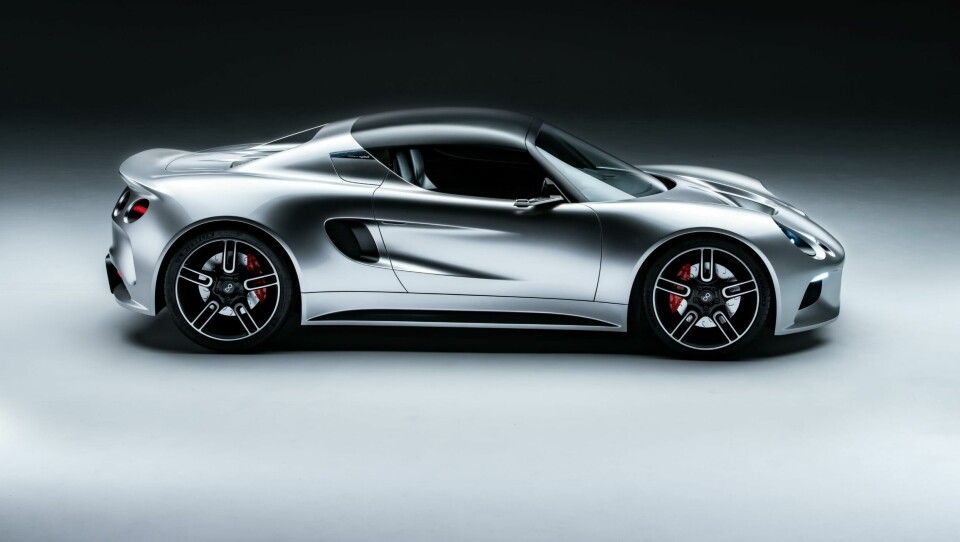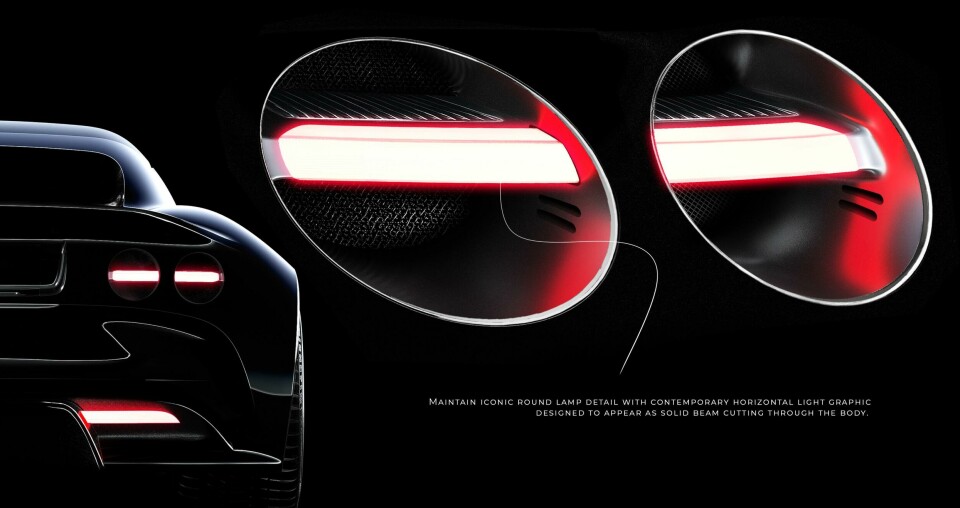
Julian Thomson: “I’ve always wanted to redo the Elise”
Prior to joining GM, Julian Thomson worked with Callum and Nybolt to revisit the Elise as an EV. The result is the Nybolt concept sportscar. CDN spoke to Thomson about the project
The Nyobolt concept was a chance to revisit unfinished business for Julian Thomson. Designed in his post-JLR period just before Thomson signed up as design director for GM’s European Advanced Design studio in the UK, the car was a chance to revisit the Lotus Elise – one of Thomson signature cars. Created in collaboration with Callum and battery technology company Nybolt, the concept showcases Nyobolt’s advanced battery technology.
Capable of charging from 0-100% in just six minutes, Nyobolt aims to disrupt the EV market by offering a solution that offers comparable convenience to refuelling a car with petrol or diesel.
The concept is anticipated to have a range of around 150 miles and a road-going version will enter a testing programme later in the year. The system currently works with existing electric charging infrastructure and new anode technology allows for incredibly short charging times. Car Design News spoke with Julian Thomson about the design behind this futuristic EV, which is in effect far closer to Thomson’s original intentions with the Elise.
Car Design News: What was the inspiration behind the car?
Julian Thomson: It’s a very extensive redesign of the Lotus Elise S1 and it came about because I’ve always wanted to redo the Elise. Obviously it’s a car I’m well known for and I’ve been approached about redesigning it before. After I left JLR and before I joined General Motors, I did various consultancy jobs, one of which was for Nyobolt, designing a charging box for their new battery chemistry charging. We were talking about different applications of this charging chemistry which allows for very fast charging and I suggested putting something into an Elise.

The problem with electric sports cars is that they’re very heavy, take a long time to charge and are very expensive. I was fascinated by the Nyobolt technology because it was actually very compact, light and extremely fast charging. So the idea was to do a modern electric car which has the agility and drivability of something like the Elise.
CDN: How did this design evolve from the Elise?
JT: The best example of taking a classic car and modernising it is the Porsche 911. Porsche has this evolution which everyone is very envious of, how they manage to take a quite unique car like the 911 and progressively modernise it and keep the spirit of the old car. Subsequent generations mean it’s now nothing like the old car, but it is, in spirit, the same thing and I was intrigued by that.
Porsche are the only people who’ve really done it successfully and I wanted to nurture a similar kind of evolution with the Elise. Lotus hasn’t wanted to follow an evolutionary path, more recently, they’ve wanted to do very striking modern cars. But this concept is a totally different idea, it’s not meant to be in competition with them, it’s just a different approach in design philosophy.

CDN: What advantages did the EV technology bring to allow you to reimage the Elise?
JT: Really, it’s more of a philosophical thing in that it allowed me to design a car which was as light and as agile with a lot more power, which drove in a similar energetic fashion to the original car. It weighs about the same as an Exige and is a similar size but packs about 470bhp, it’s therefore significantly faster than an S1 and the new design reflects that.
Obviously, in terms of packaging, the original Tesla Roadster was actually based on the Elise chassis. Being a mid engine car with its central powertrain does allow for good weight distribution for an electric car. That type of car suits an electrical system very well already and the compact battery pack can fit in the ‘engine bay’.
CDN: How does it feel to have recreated the Elise with this new technology?
JT: It’s really good because I was really disappointed when I did the original car. It was designed for very low production numbers so it had a hand laid up body which was very difficult to produce because they thought they wouldn’t sell very many Elises but the car got very popular very quickly. So they had to change the whole body manufacturing system within the first and second years of production and at the same time they redesigned the whole car. I was disappointed that for its own success, the original design wasn’t maintained. But this is a chance for me to re address that.
CDN: How did this project differ from designing vehicles intended for mass production?
JT: It’s nice to do something that’s back to basics. It’s been really challenging for me to go back to sketching, scribbling and describing exactly what I want, but it’s been good. Compared to the whole army of people I usually work with, this process has been very refreshing, working directly with Aleck and the team at Callum. Aleck was responsible for the headlamp design so the inboard lamps tick all the road-legal requirements including high beam, low beam and indicators. This then left more freedom for the outer lamp design and these act as air vents too.










